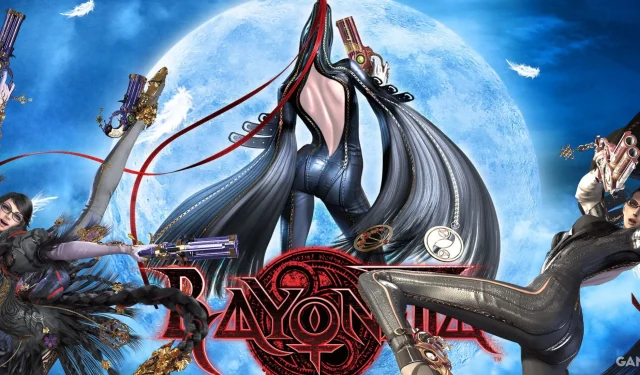
Since its North American launch on January 5, 2010, Bayonetta has carved a niche in the action game genre, establishing a defining moment in what is now recognized as Character Action, or Stylish Action. At the time of its release, the blend of flamboyant presentation and fantastical combat was a novel concept that set it apart from the more conventional action games available. Moreover, the iconic Witch Time mechanic has emerged as a pivotal innovation within the franchise, continuing to influence gameplay styles across the industry.
Originally conceived by Devil May Cry creator Hideki Kamiya as another fast-paced action experience, Bayonetta has evolved into a franchise with a distinctive identity. The Witch Time time-manipulation system, rewarding players for skillful dodging with a slowdown effect, was groundbreaking at its introduction. While similar mechanics have since become a staple in modern gaming, Bayonetta was bold in venturing into this territory, changing the dynamics of combat in ways that would resonate through subsequent titles.
Bayonetta’s Witch Time Redefined the Formula Established in Devil May Cry
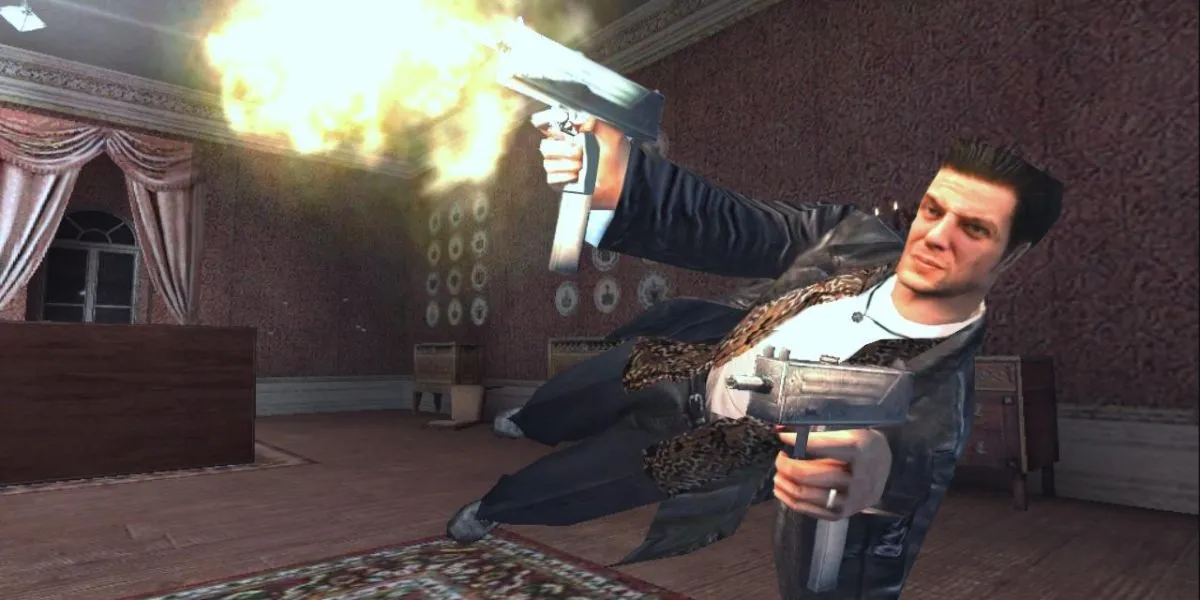
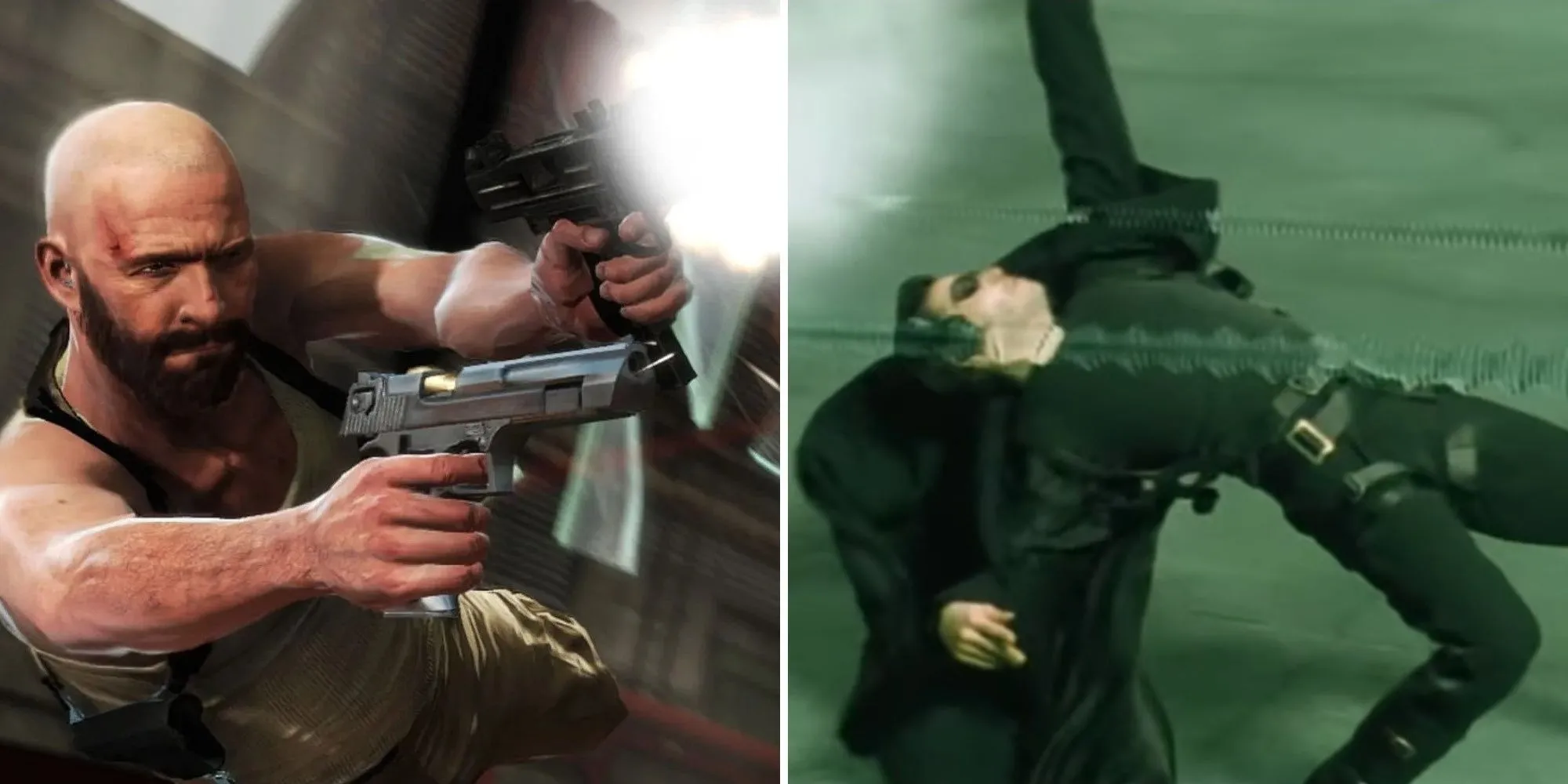
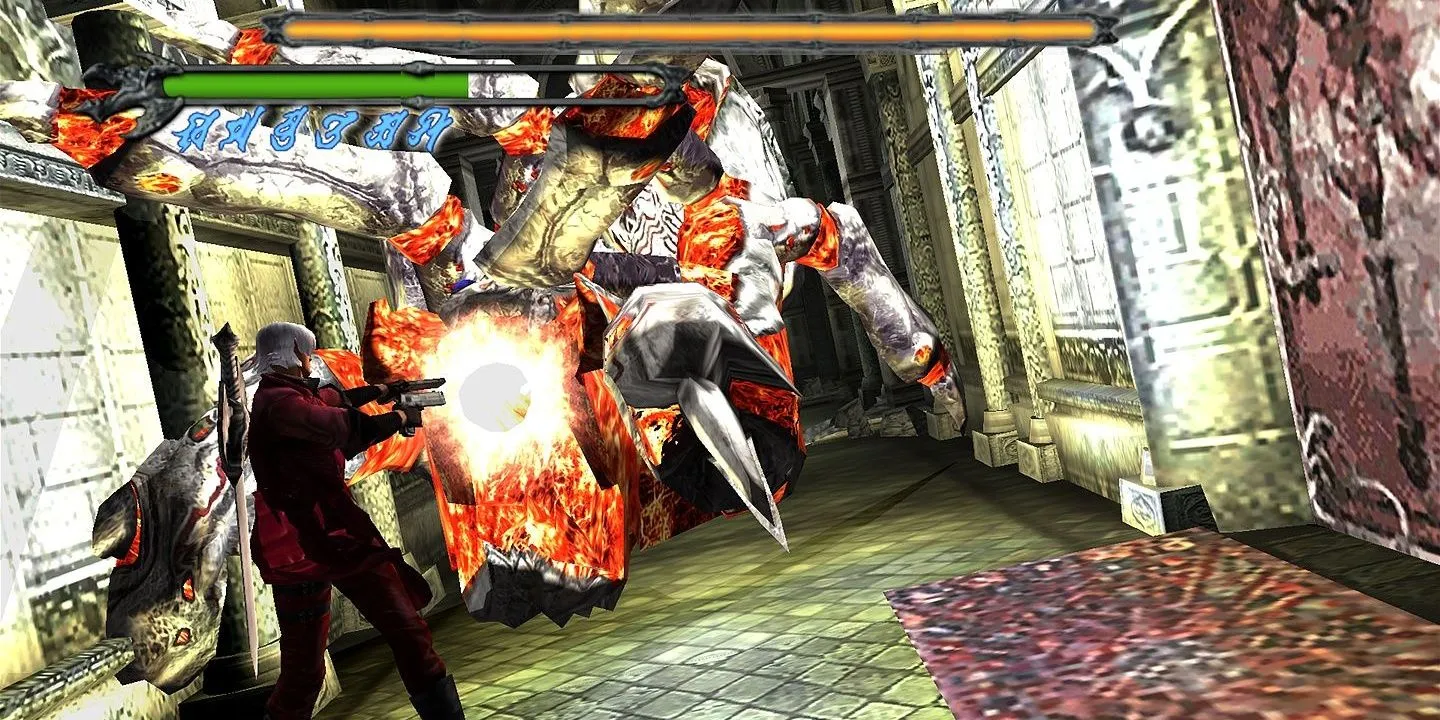
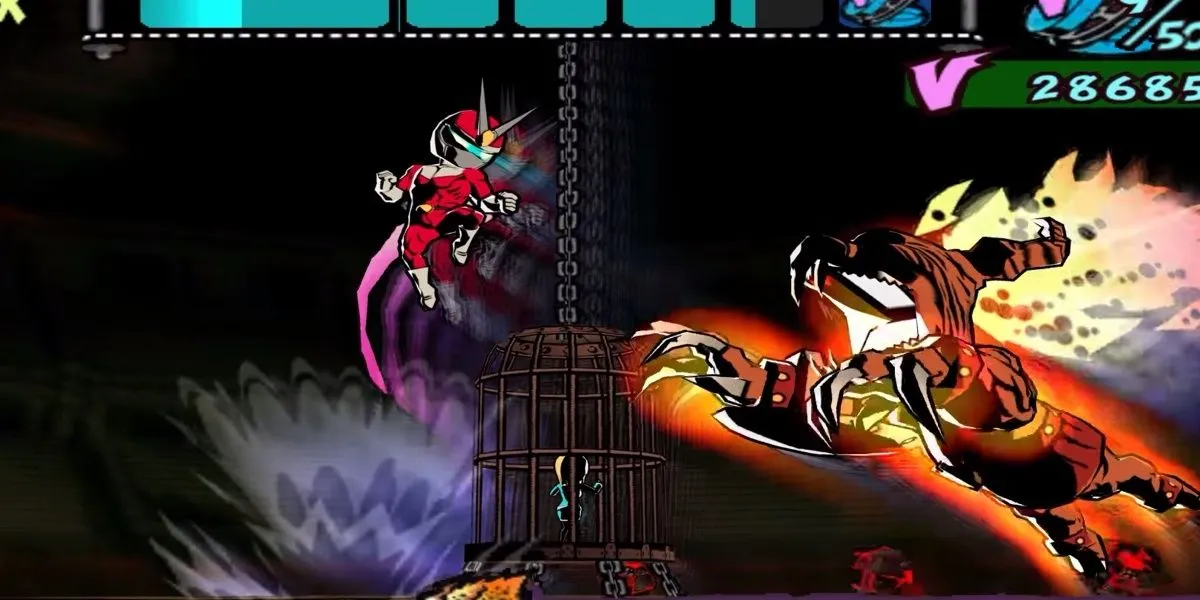
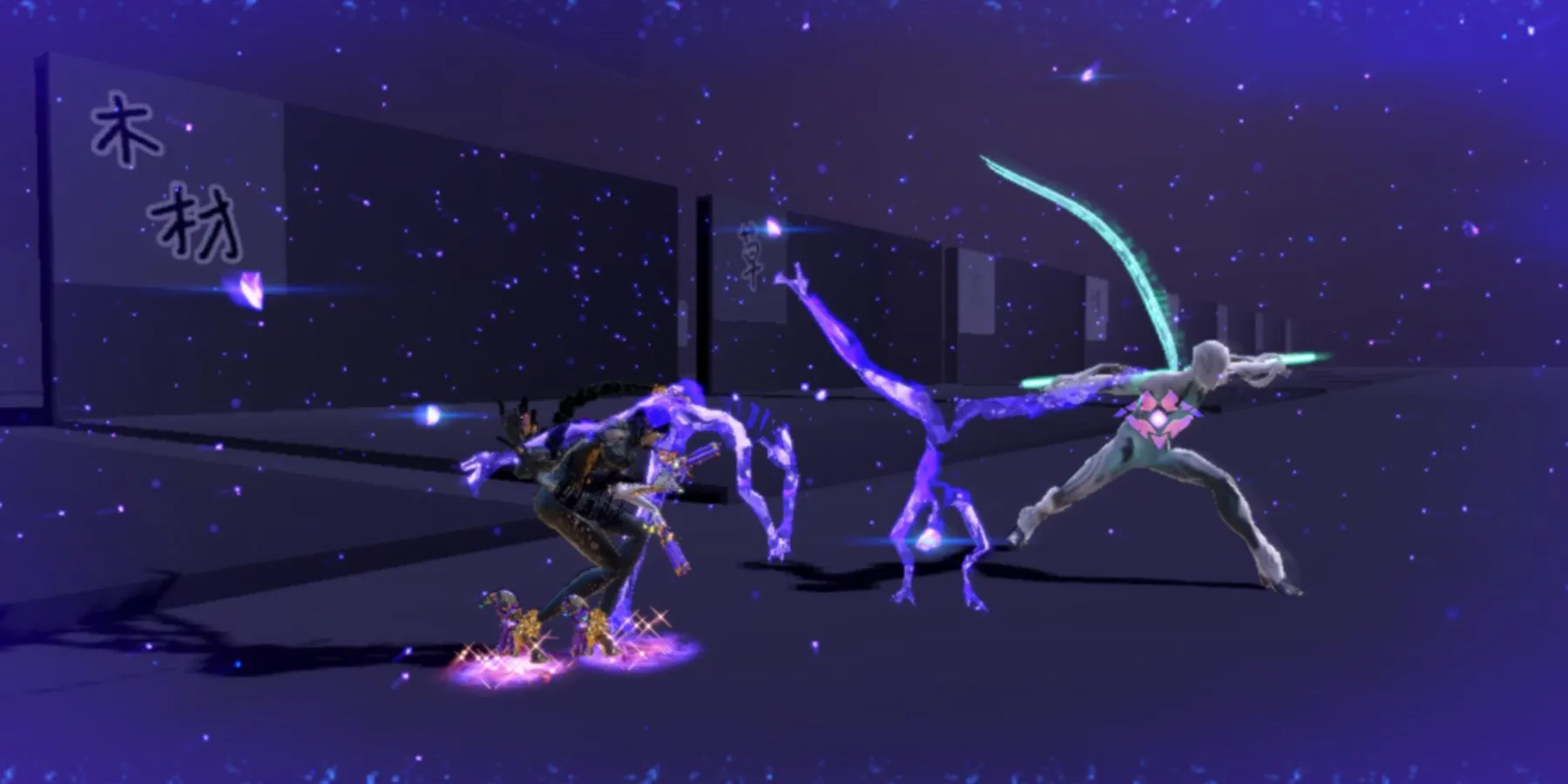
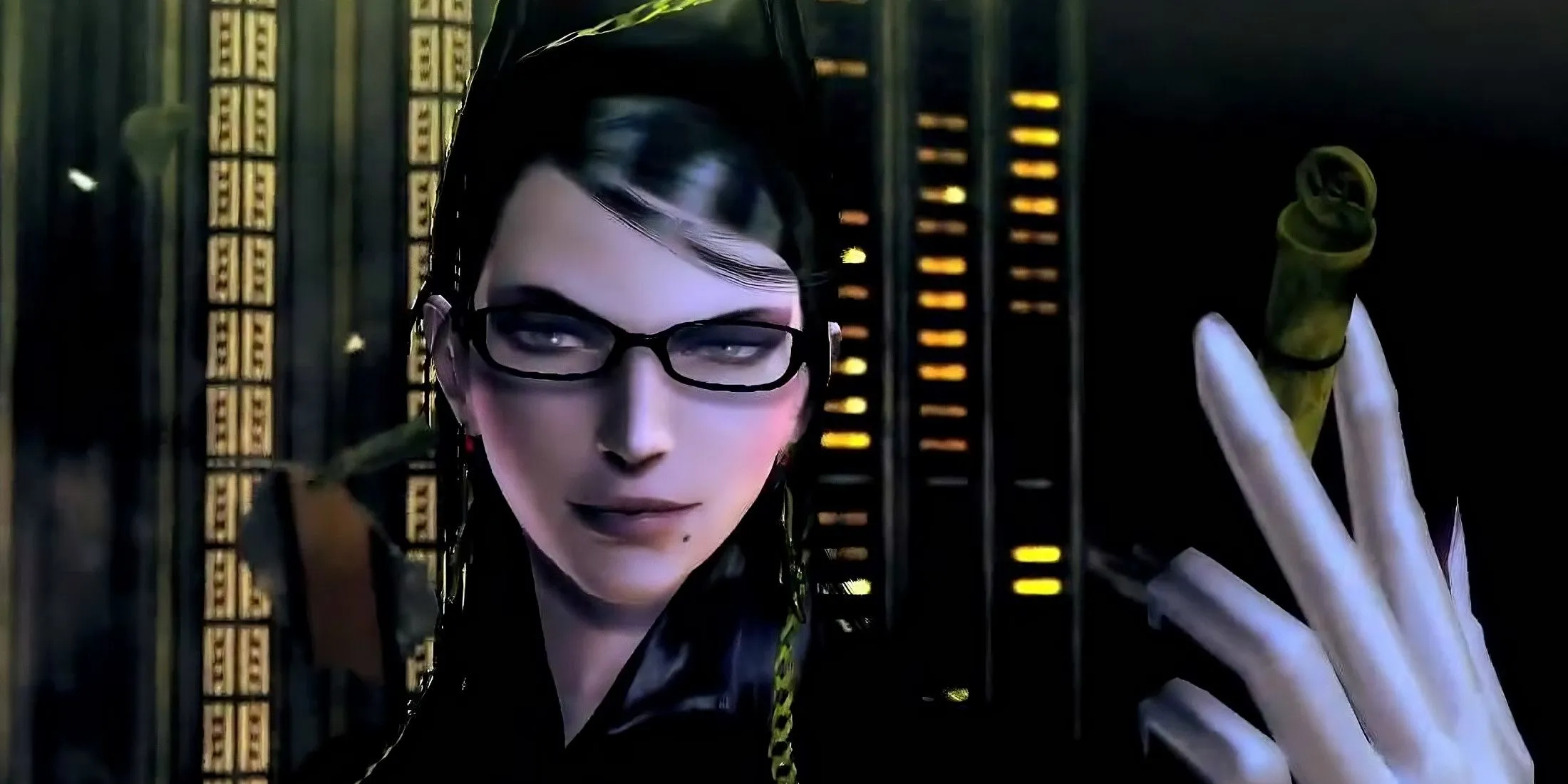
Utilizing Max Payne’s Bullet Time to Build the Stylish Action Identity
The emergence of the Bullet Time mechanic in Max Payne during the 2000s represented a significant innovation by borrowing influences from The Matrix. While Devil May Cry offered a fresh approach to third-person action, it moved at a noticeably faster pace. Bayonetta skillfully interwove these contrasting styles through its Witch Time system, where players can slow down enemies and unleash rapid attacks by precisely timing their dodges.
Although Devil May Cry’s Royalguard style provided advanced counter techniques, Bayonetta shifted the focus toward a more accessible style of gameplay. While time manipulation mechanics were not entirely absent in action games, their prominence was limited. For instance, Viewtiful Joe experimented with slow-motion in a side-scrolling format, and other titles like Ninja Gaiden prioritized unique gameplay mechanics over this feature. This backdrop set the stage for Bayonetta, whose Witch Time laid crucial groundwork for future titles to build upon.
The Impact of Bayonetta on the Establishment of the Character Action Genre
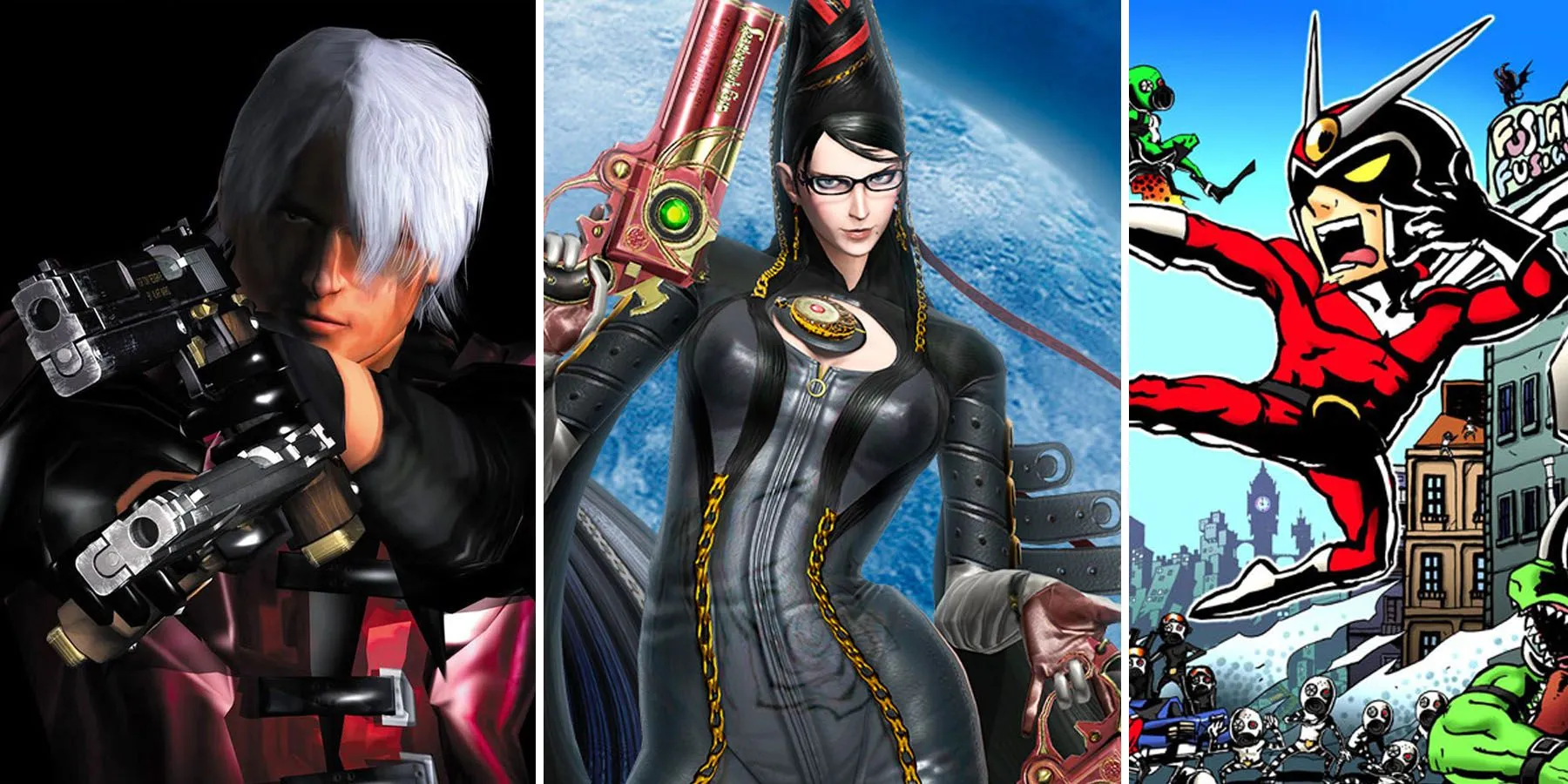
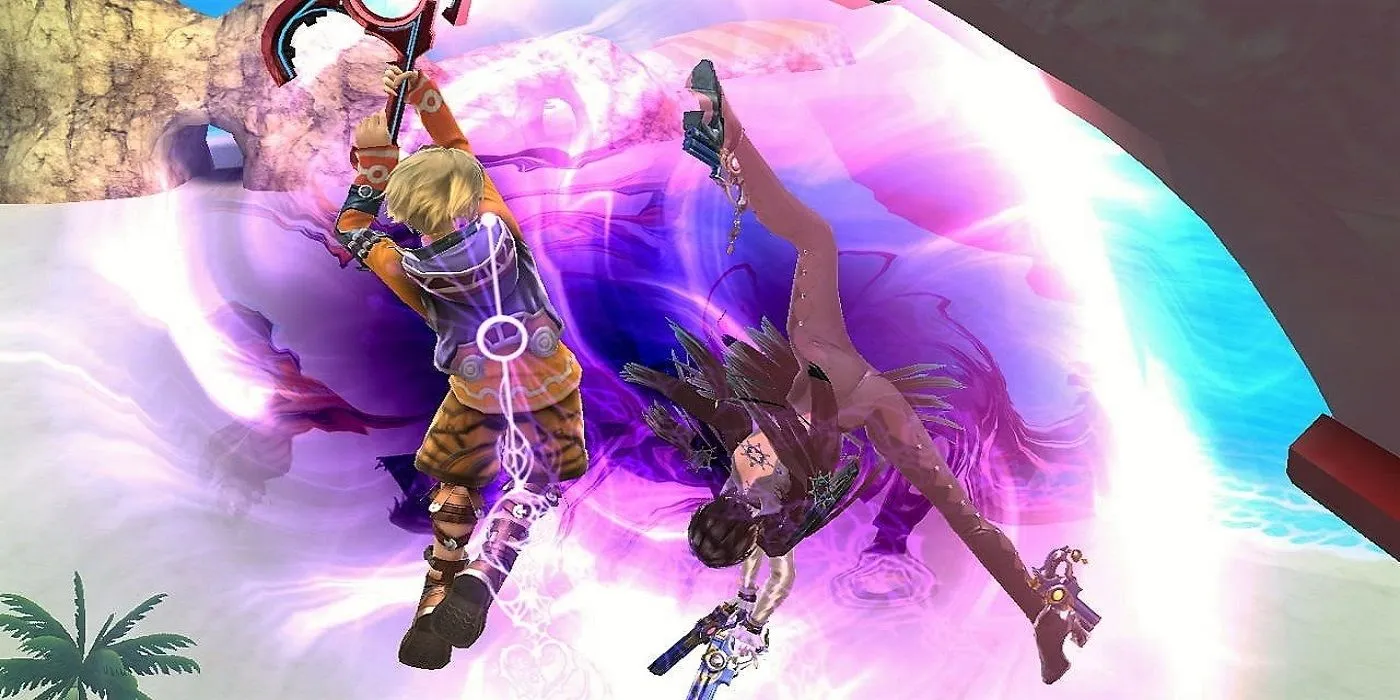
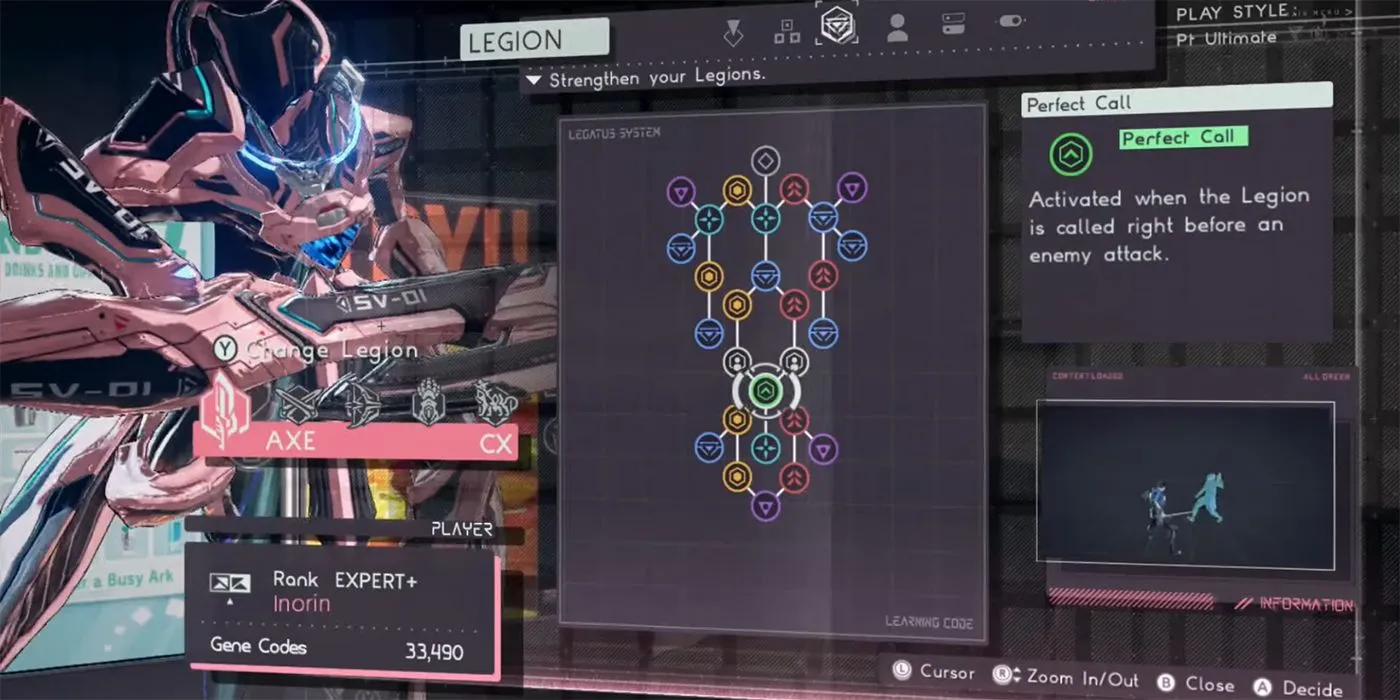
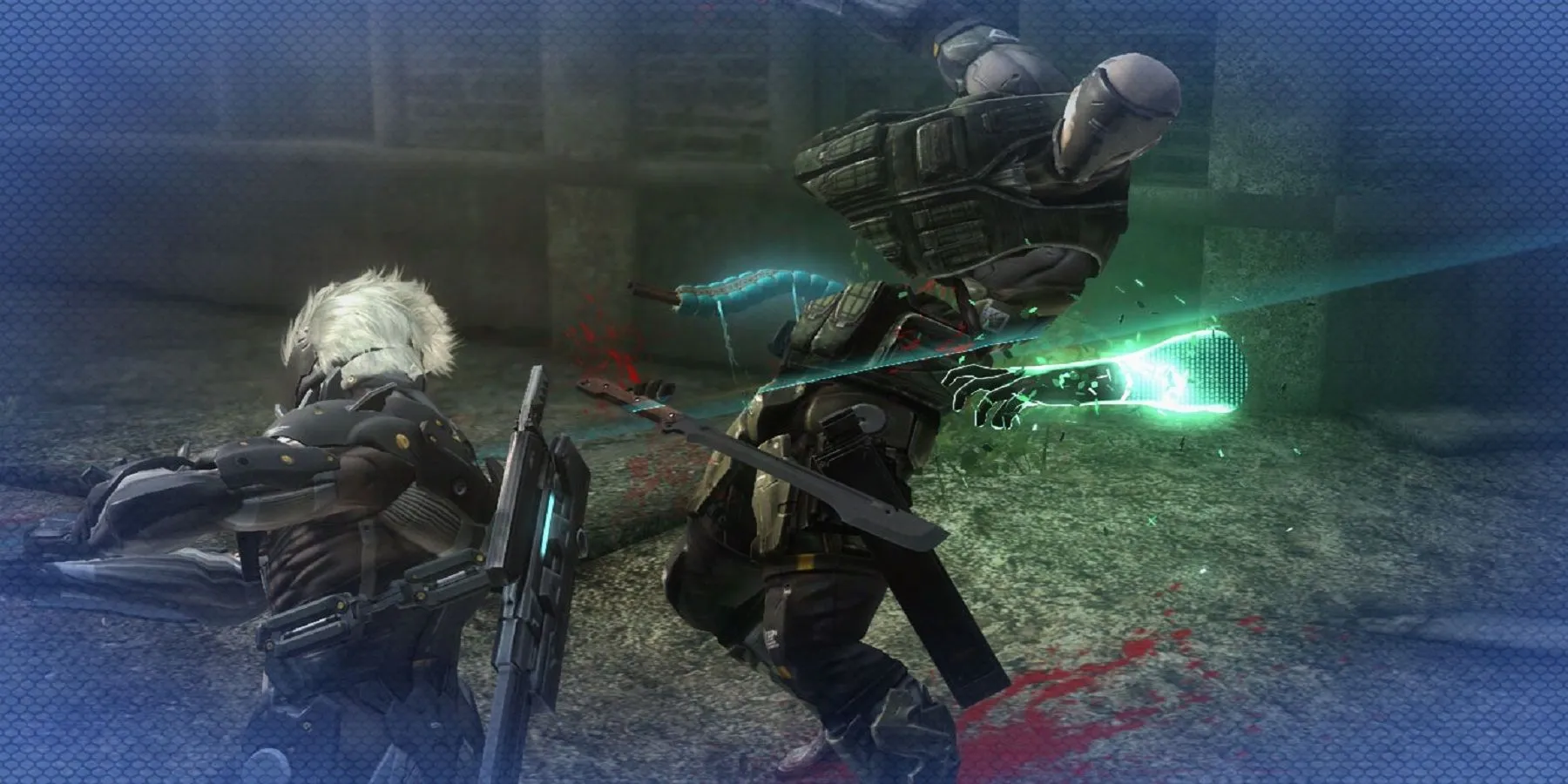
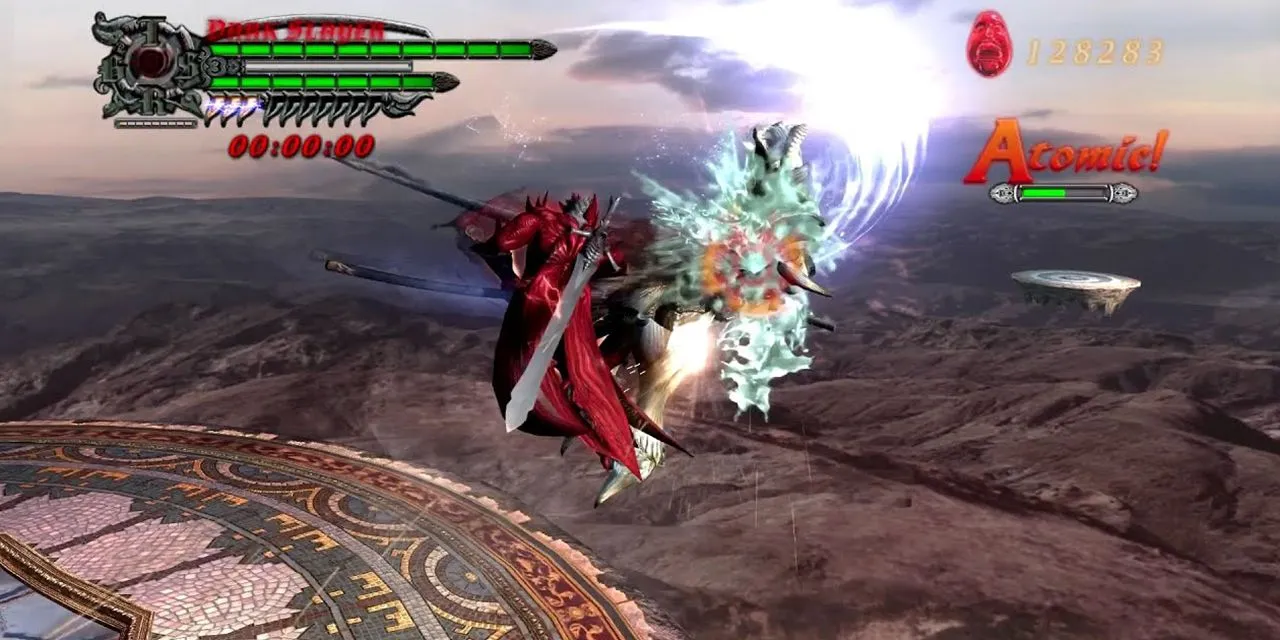
PlatinumGames Titles in a Similar Vein Have Since Featured Various Takes on Witch Time
Following Bayonetta, the stylish action genre has adopted similar time-based mechanics, largely pioneered by PlatinumGames. For instance, Metal Gear Rising: Revengeance introduces a Blade Mode that mirrors Witch Time, allowing players to engage enemies in slow motion. In contrast, Vanquish implements a more elaborate AR Mode that responds to player damage, while still offering a sense of fast-paced action.
Further demonstrating the evolution of these mechanics, titles like Astral Chain’s Perfect Call and Nier: Automata’s Perfect Dodge reward players for defensive maneuvers similar to Witch Time. Although these systems may emphasize repositioning over dramatic slowdowns, they serve as clear evolutions of the gameplay styles established in Bayonetta. Perfect Call is an integral part of the Legion abilities in Astral Chain, while Nier: Automata’s Perfect Dodge effectively integrates invulnerability frames, making it essential for survival in higher difficulty levels.
The Mechanical Innovation of Bayonetta Has Come Full Circle
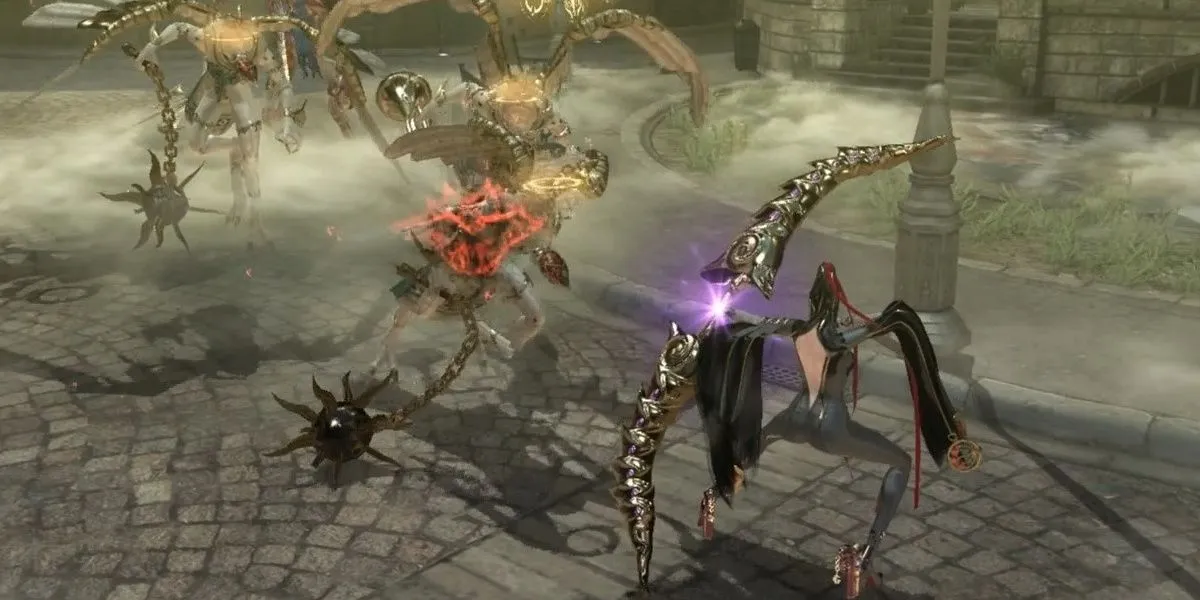
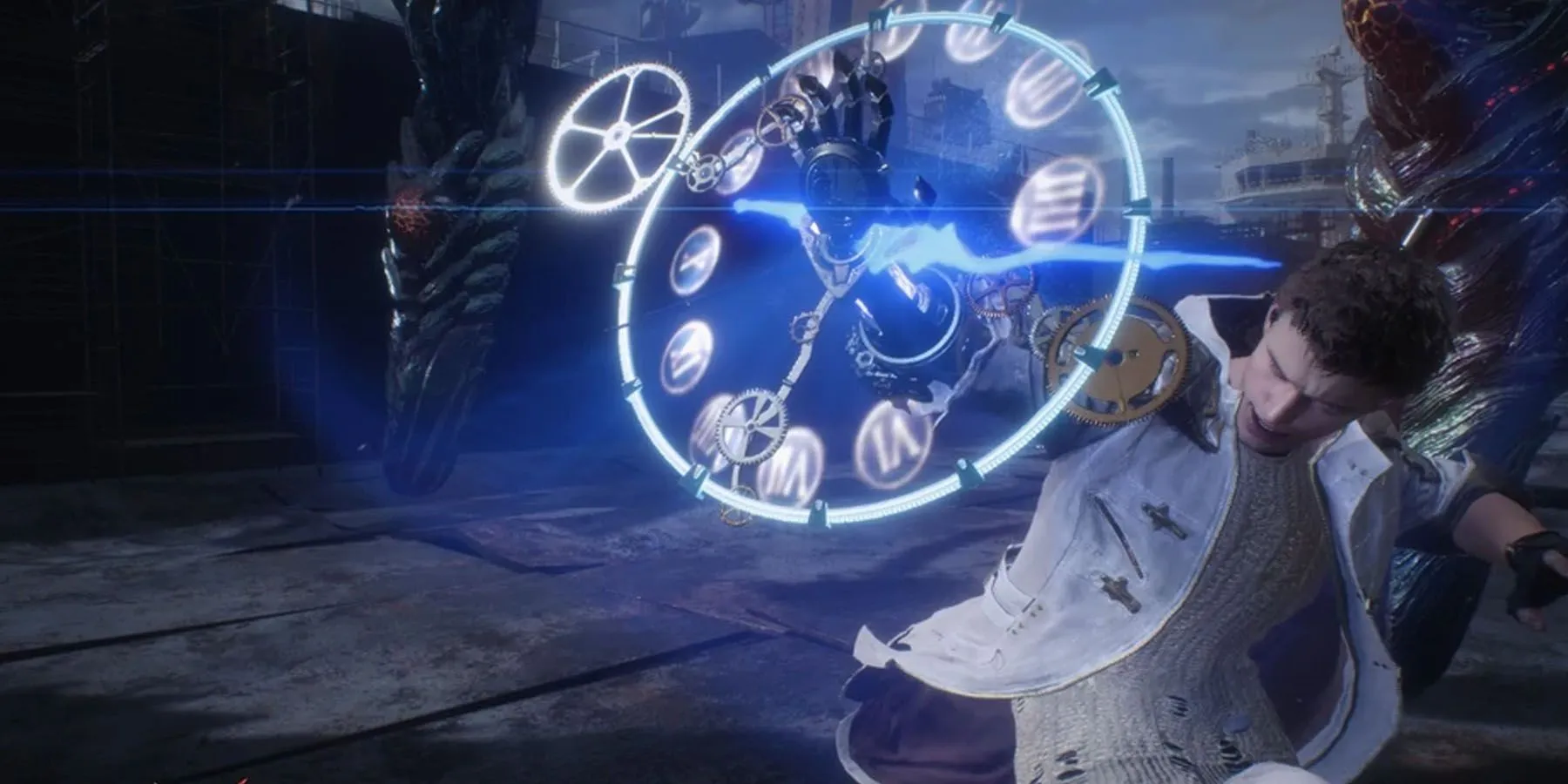
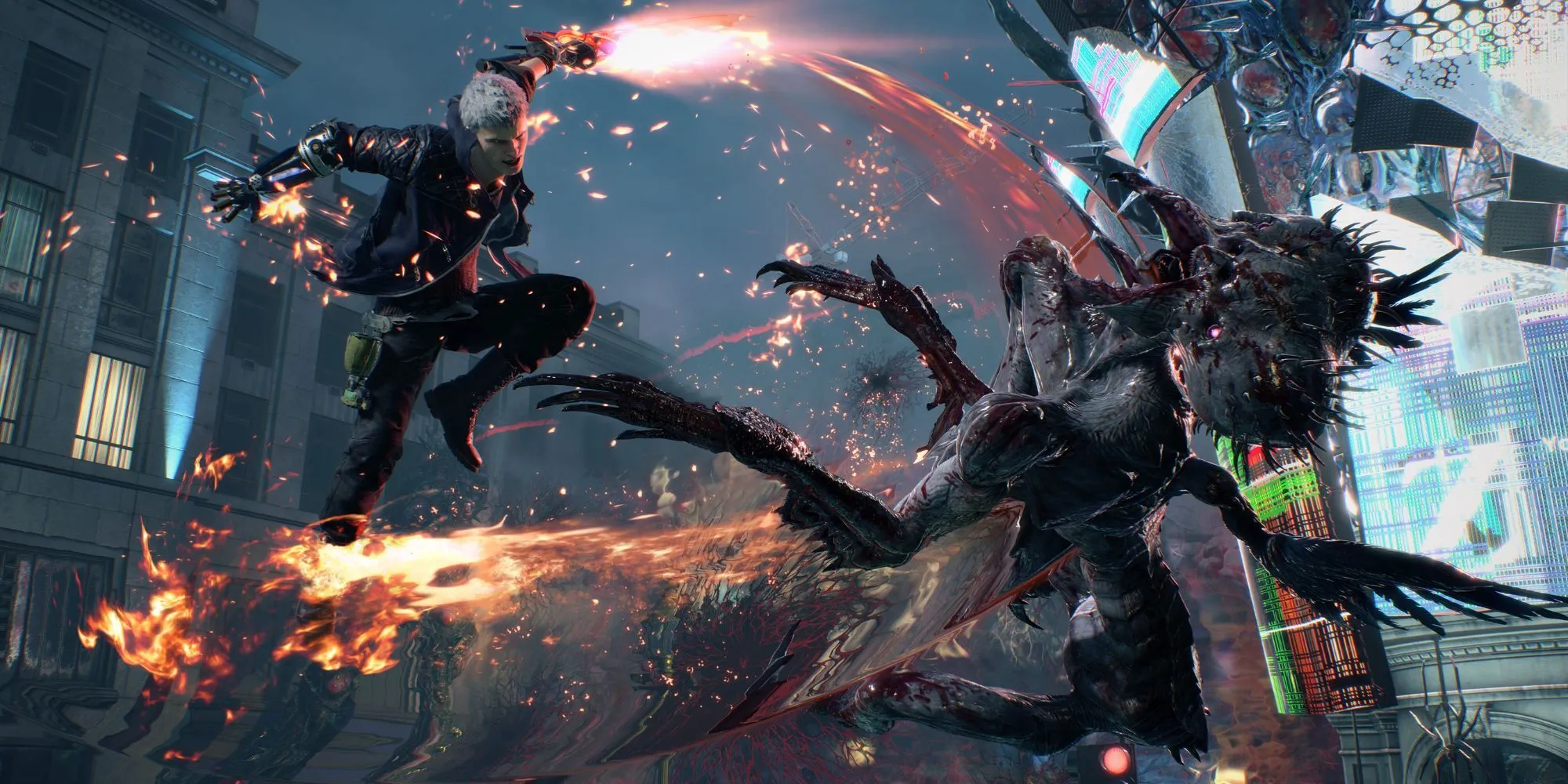
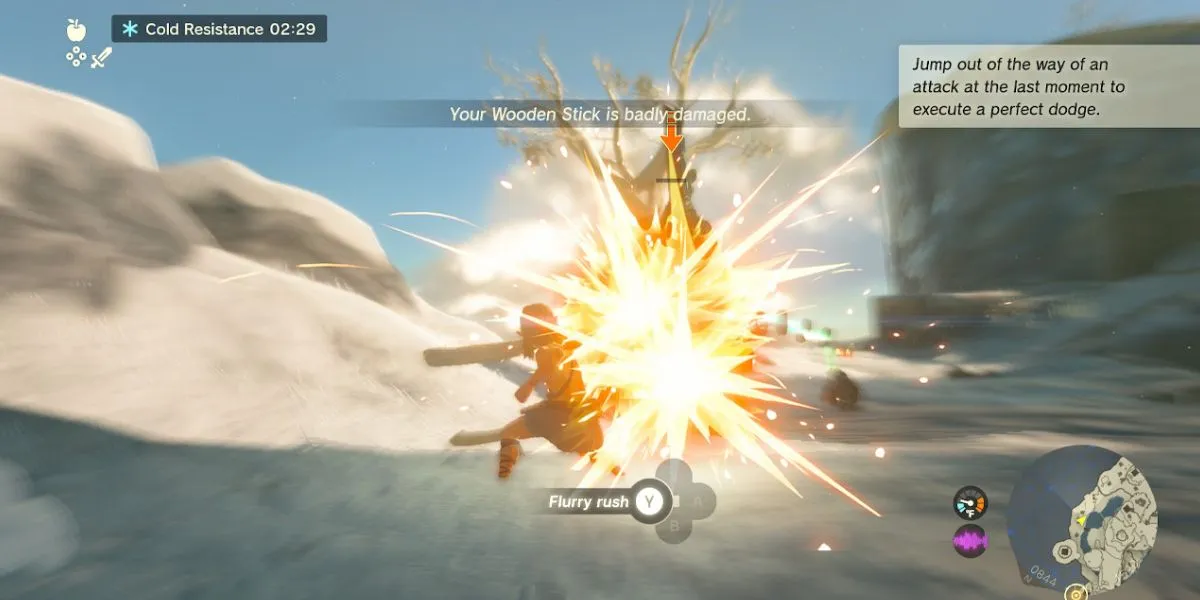
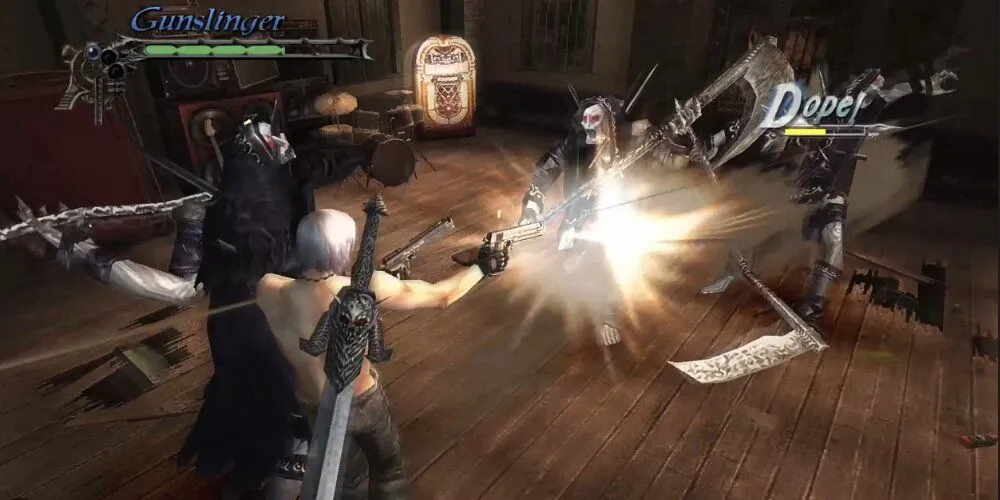
Witch Time’s Influence in Devil May Cry 5 is Clear
Under the stewardship of Hideaki Itsuno, the Devil May Cry series has undergone significant refinement, yet it retains echoes of Kamiya’s original vision. A notable nod to Bayonetta is found in Devil May Cry 5 through Nero’s Ragtime Devil Breaker, which creates a localized slow-motion effect for enemies. While not directly linked to defensive play, this mechanic grants players freedom in the same way Witch Time does, enhancing combat dynamics.
Newer Attempts at the System Have Become Common in Action Combat as a Whole
The influence of Bayonetta extends beyond its immediate sequels and has permeated the broader action genre. The Flurry Rush system in The Legend of Zelda: Breath of the Wild rewards agile evasion with a slick slowdown effect, showcasing the impact on action-adventure games. Additionally, titles like Ghost of Tsushima’s Concentration Mode skillfully blend various influences, all while echoing the lasting effect of Witch Time.
Though the popularity of these mechanics complicates the assessment of Bayonetta’s influence, the integration of slow-motion elements remains a testament to its groundbreaking contributions. As action games continue to evolve, discerning the impact of titles like Final Fantasy 16 in the context of stylish action becomes increasingly intricate, especially as larger studios incorporate Platinum’s design elements into their larger releases.




Leave a Reply ▼